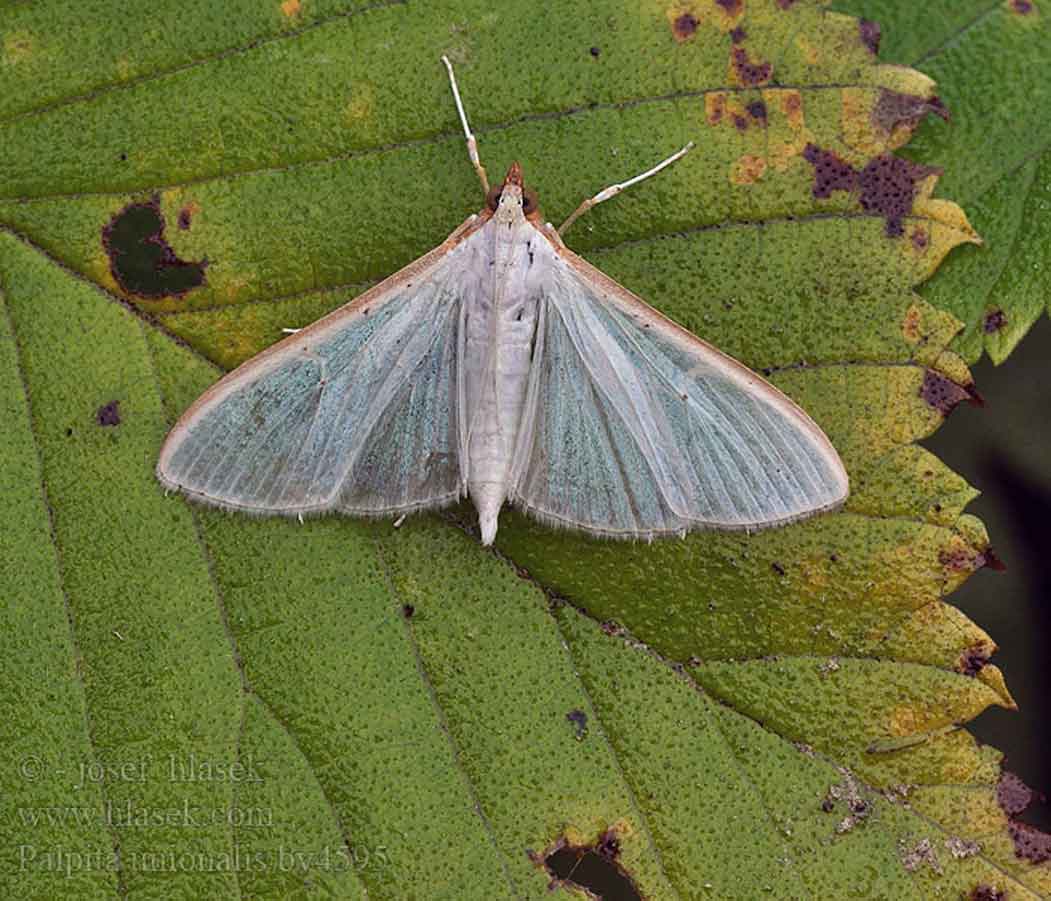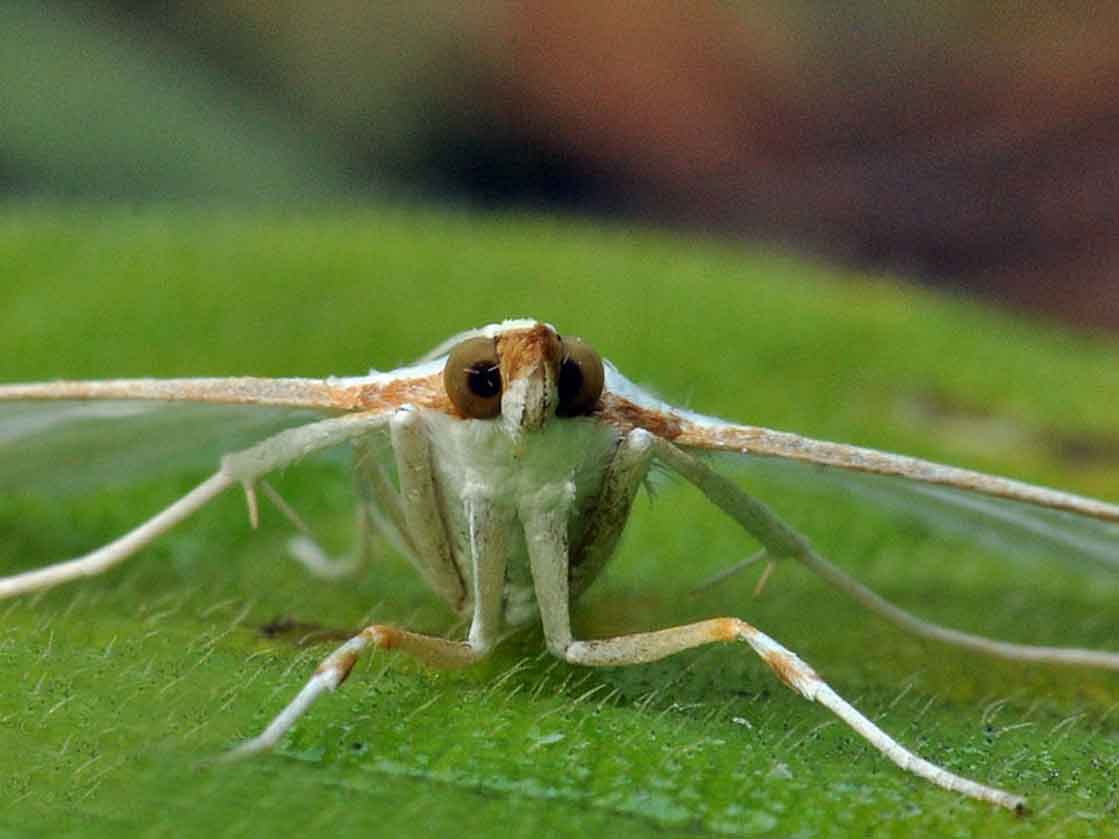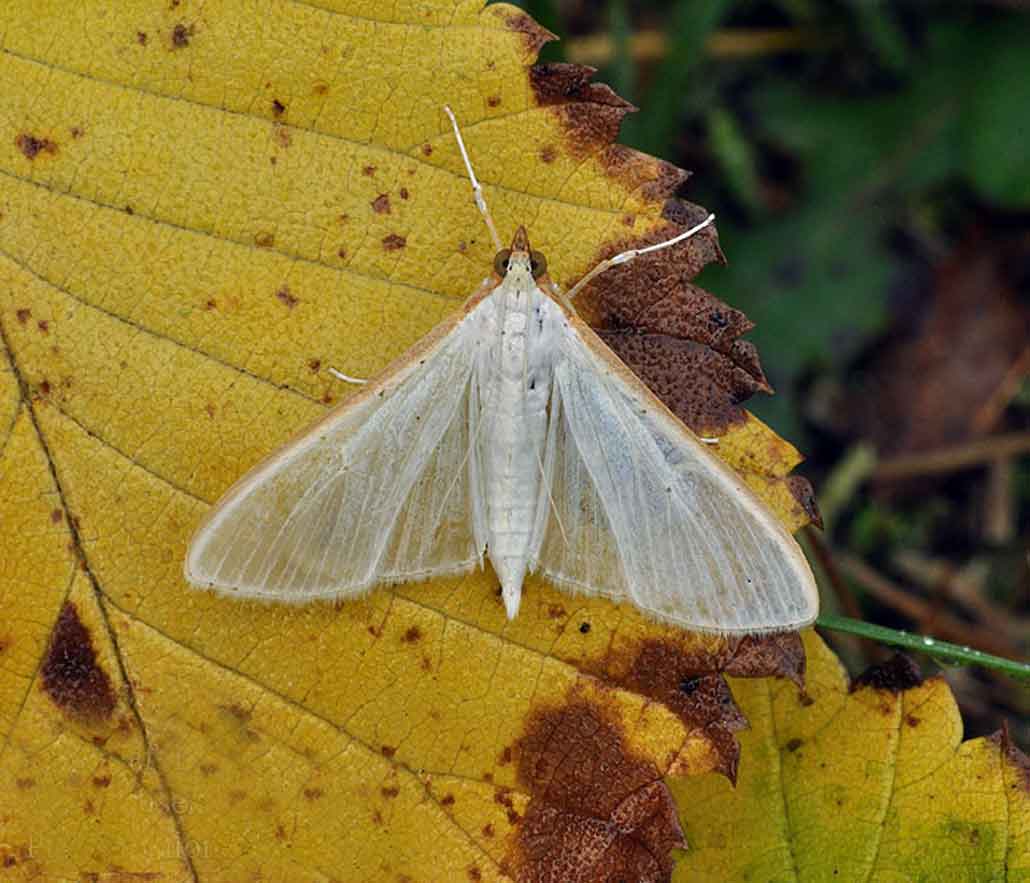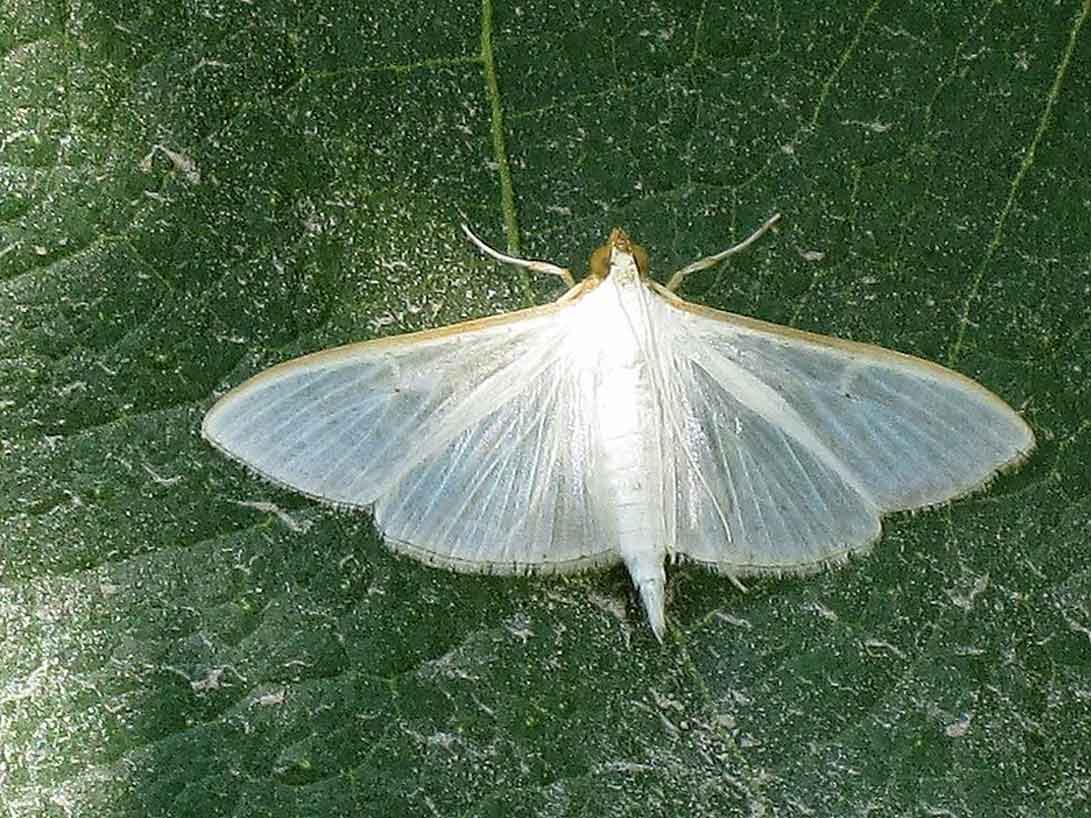|
|
| Palpita Unionalis: |
| The olive leaf moth Palpita unionalis (Hübner) is widespread in the tropical and mildly subtropical regions of the Old World. It originated in the Mediterranean region, where it is found from east to west, and south to the olive-growing regions of northern Africa, the Canary Islands and Madeira. Its distribution further extends to western and southern Africa, western and southern Asia, Japan, Australia and tropical America. |
|
 |
| Adult longevity of Palpita unionalis reared on olive, ash and jasmine (9.92 to 11.64 days for female; 9.00 to 10.57 days for male) determined in the present work was similar to that on olive under the same laboratory conditions (11.4 days for female; 11.9 days for male) (Shehata et al 2003). |
 |
In this study, the mean numbers of eggs laid per female ranged from 194 to 390 at 25ºC, depending on the host plant. Palpita unionalis this is in agreement with the findings of Vassilaina-Alexopoulou and Santorini (1973) who reported the number of eggs laid per female varied between 86 and 515, with an average of 209. On the other hand, the current studys fecundity results were lower than the 463 at same temperature on olive established by Shehata et al (2003). |
| Reproductive differences for P. unionalis females kept under the similar environmental conditions and on the same plant could be related to the cultivar Gemlik c.v. Characteristics such as leaf morphology, chemical composition or other interactions were not examined in this study (Vassilaina-Alexopoulou and Santorini 1973; Shehata et al 2003). The shorter oviposition duration (5.60 to 9.15 days) in our study, compared to the duration (10.5 days) reported by Shehata et al (2003) may have led to less laid eggs. Palpita unionalis however, our results for oviposition period confirmed the results of Shehata et al (2003) who reported that pre-oviposition and oviposition were 1.7 and 1.0 days, respectively. |
| According to the current study, there were significant differences in the developmental times of immature stages, especially total larval development, on each host plant species (Table 1). Larvae maintained on ash had comparatively shorter duration of immature stages. Despite the statistical differences, it is not fundamentally important that the larval development duration on ash was 1.5-2.5 days shorter than that on olive and jasmine. Palpita unionalis developmental period provides an important clue concerning the ability of the host to support a complete insect life cycle, but this data should be linked to other parameters such as mortality, reproductive rate and intrinsic rate of population increase |
 |
| Therefore, there were not marked differences in survival of larvae among host plants (Table 2). This result confirmed that there were no differences among host plants in terms of the development of immature stages. |
 |
In conclusion, demographic parameters obtained from Palpita unionalis reared on three host plants under laboratory conditions are useful for the assessment of host plant quality. Intrinsic rate of increase and mean generation time reflect the suitability of the host plant. In addition to other factors, survival and fecundity are affected by the host plants nutritional value(Pereyra and Sanchez 2006). Meanwhile, this study provides a foundation regarding the host range of P. unionalis, and as such, will be useful to pest management. |
|
| The host plants examined in this study are all suitable for the pre-imaginal development of P. unionalis, but the intrinsic rate of increase and the net reproductive rate mark the olive as the the most suitable host in terms of population increase. |
|
|
|

